- special reduced price € 10
until 29 May, valid for all exhibitions currently on view, due to the rearrangement of selected galleries and the implementation of energy efficiency improvements to the buildings
- open € 18
valid for one year from the date of purchase
- free
– minors under 18 years of age;
– myMAXXI cardholders;
– on your birthday presenting an identity document;
– upon presentation of EU Disability Card holders and or accompanying letter from hosting association/institution for: people with disabilities and accompanying person, people on the autistic spectrum and accompanying person, deaf people, people with cognitive disabilities and complex communication needs and their caregivers, people with serious illnesses and their caregivers, guests of first aid and anti-violence centres and accompanying operators, residents of therapeutic communities and accompanying operators;
– MiC employees;
– journalists who can prove their business activity;
– European Union tour guides and tour guides, licensed (ref. Circular n.20/2016 DG-Museums);
– 1 teacher for every 10 students;
– AMACI members;
– CIMAM International Committee for Museums and Collections of Modern Art members;
– ICOM members;
– from Tuesday to Friday (excluding holidays) European Union students and university researchers in art history and architecture, public fine arts academies (AFAM registered) students and Temple University Rome Campus students;
– IED Istituto Europeo di Design professors, NABA Nuova Accademia di Belle Arti professors, RUFA Rome University of Fine Arts professors;
– upon presentation of ID card or badge: Collezione Peggy Guggenheim a Venezia, Castello di Rivoli Museo d’Arte Contemporanea, Sotheby’s Preferred, MEP – Maison Européenne de la Photographie;
Collection
MAXXI’s Collection of Art and Architecture represents the founding element of the museum and defines its identity. Since October 2015, it has been on display with different arrangements of works.





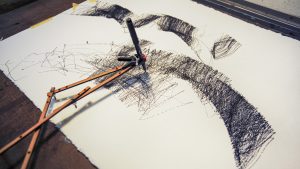



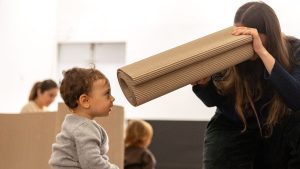


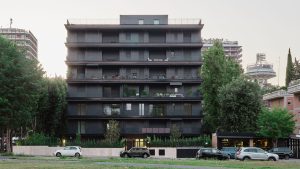
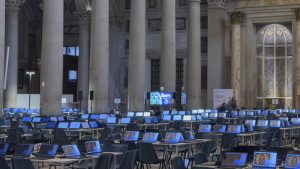




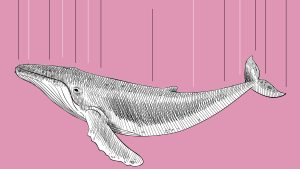


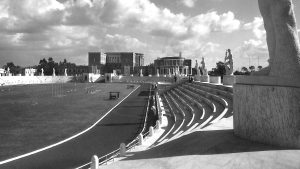



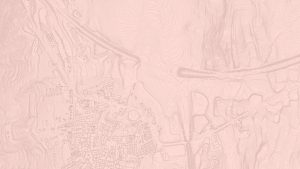


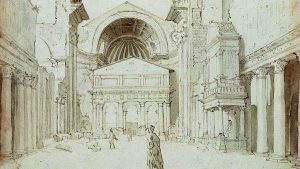

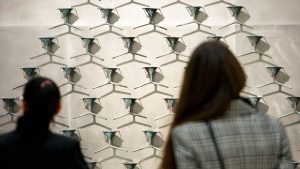

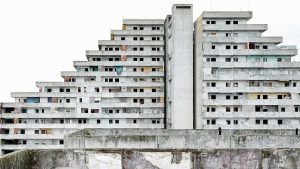
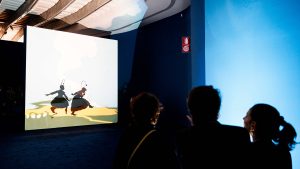



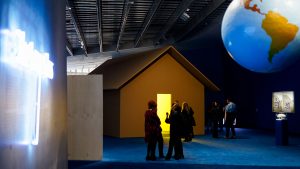


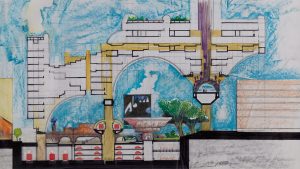
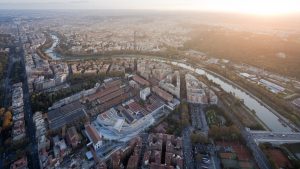
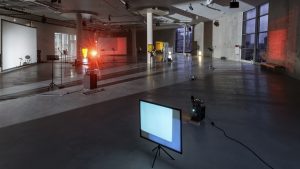

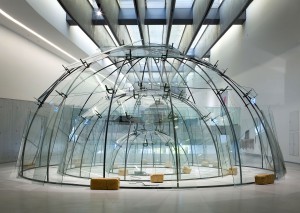
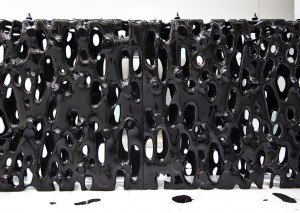
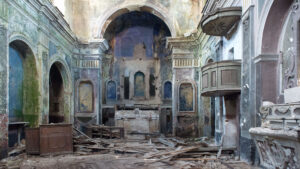

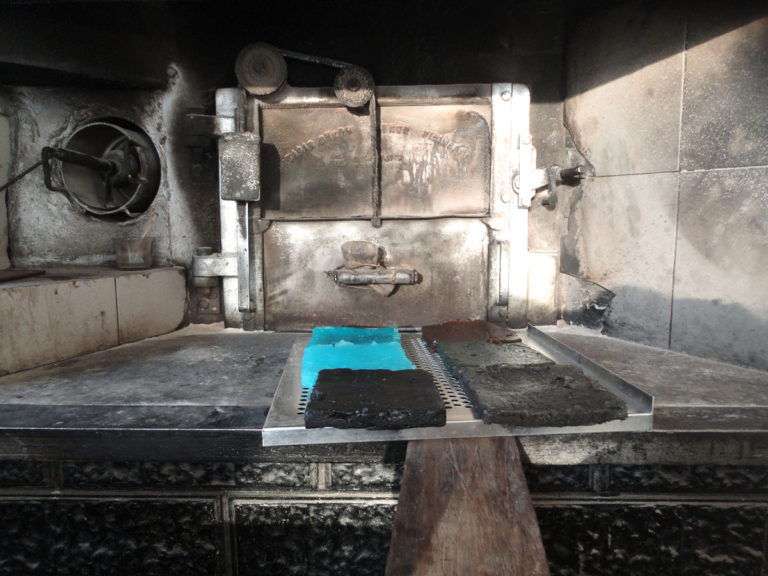
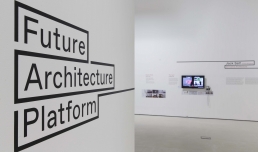
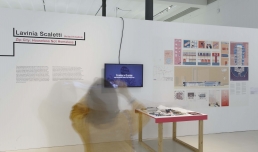
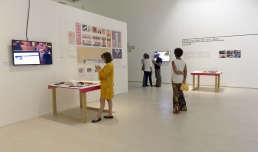
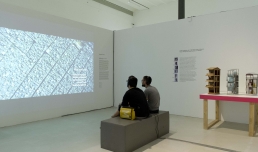

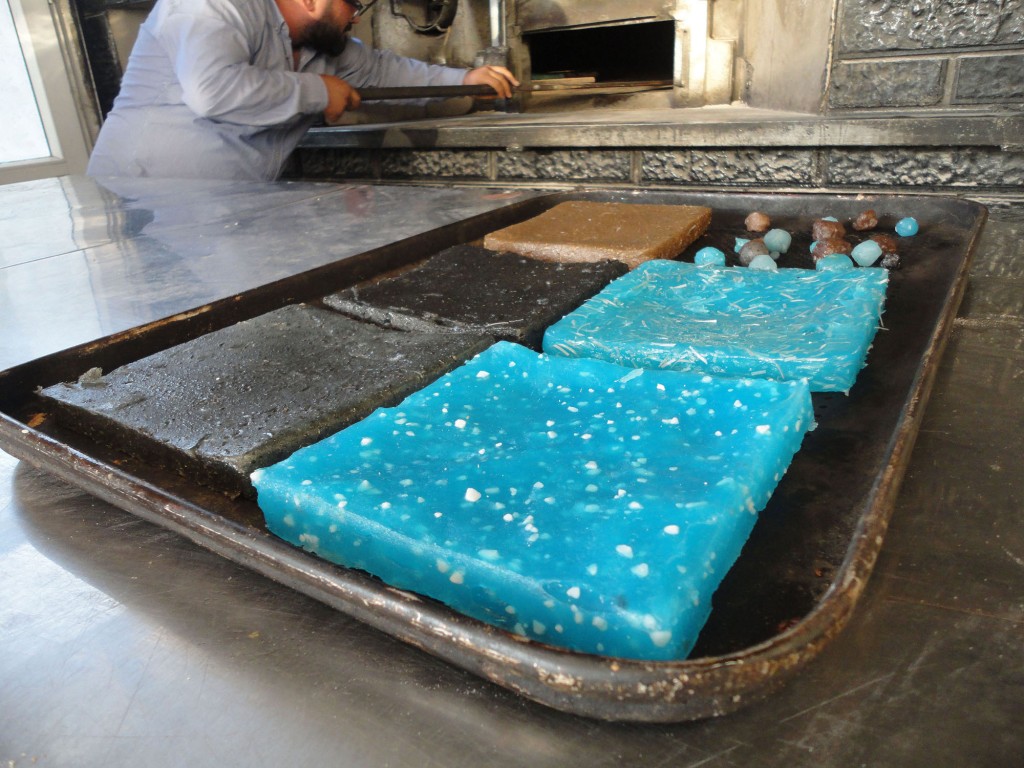
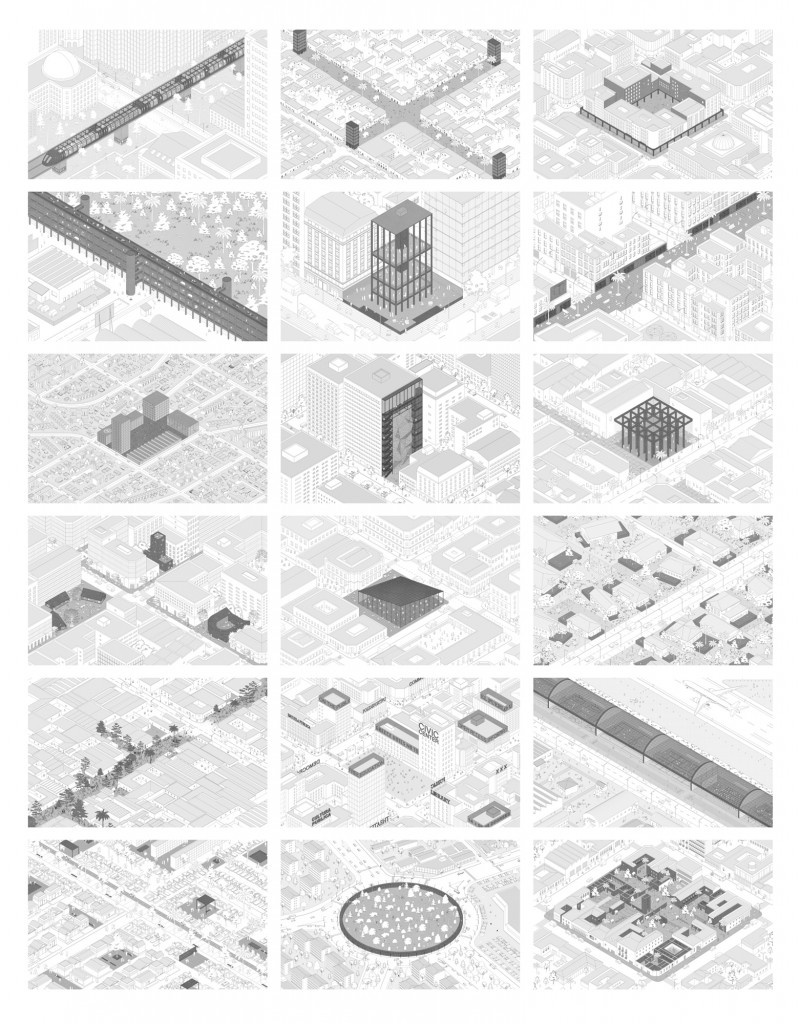
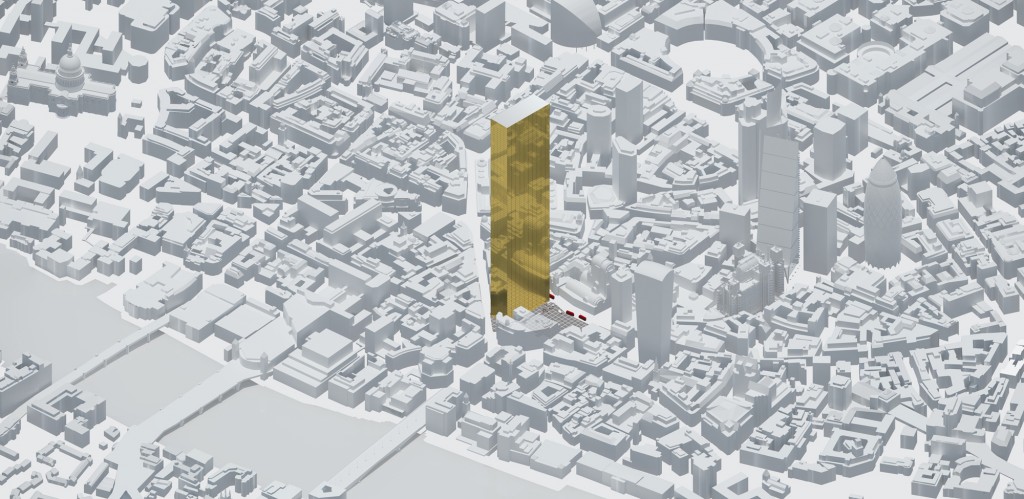
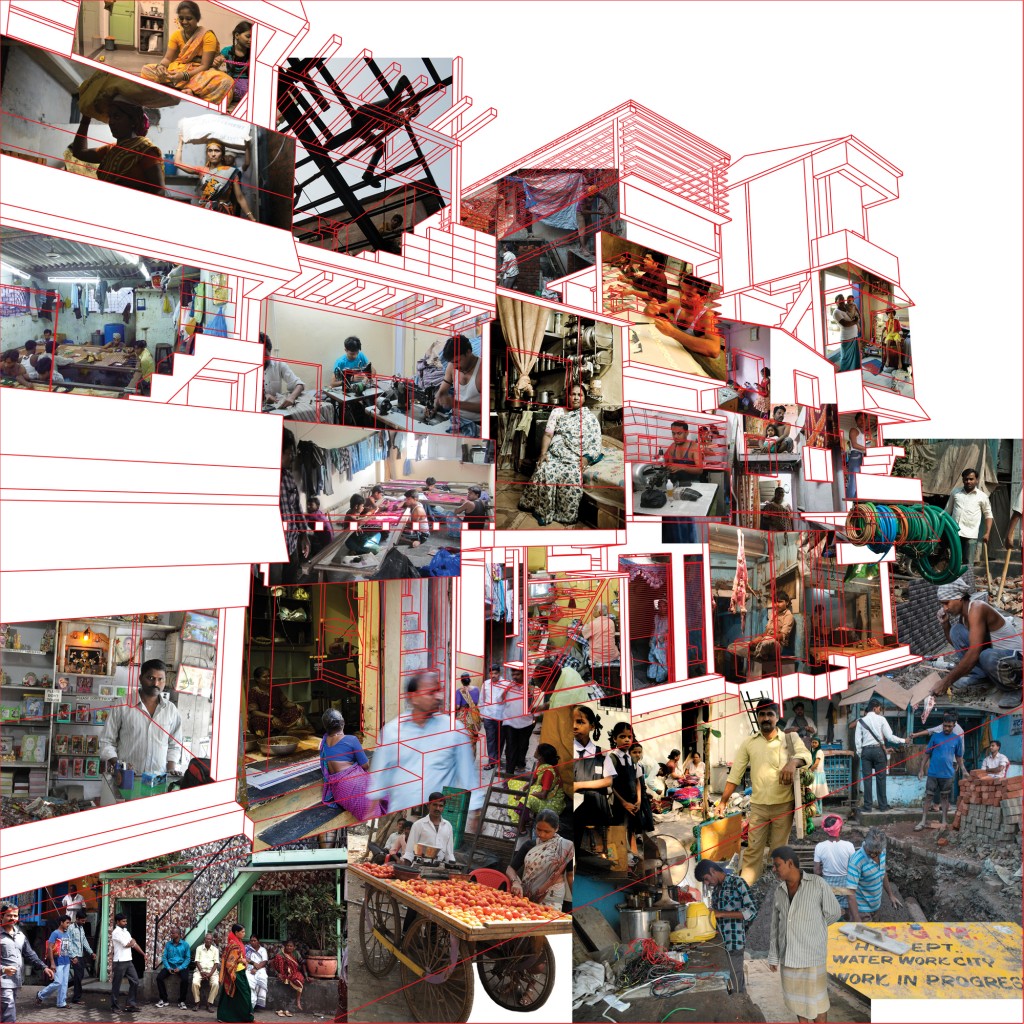
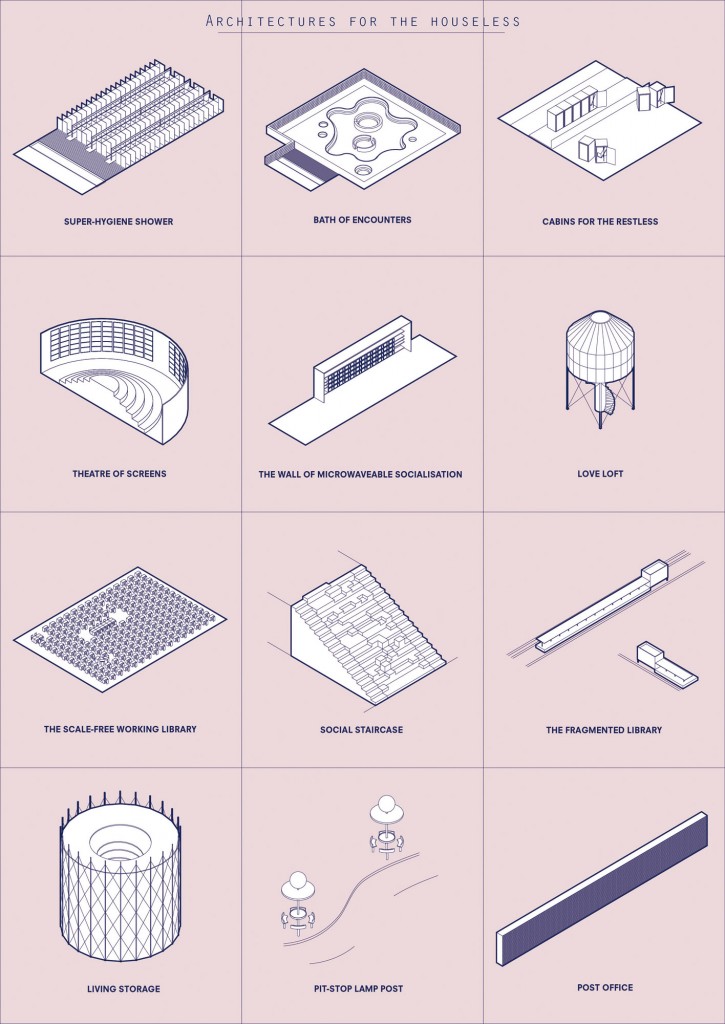
Carlo Scarpa Room
Future Architecture Platform is a European program which promotes talents in architecture. Created by an association of 19 institutional bodies, Future Architecture Platform is based on an open call and a selection process in the form of an on—line voting procedure of the projects submitted. The platform selects 25 finalist proposals and turns them into a program of exhibitions, events and workshops shared by all the participating institutions.
The program objective is to identify young groups of professionals, creative talents and enthusiasts from different parts of the world whose ideas are able to tell us the future of architecture. In line with its nature, MAXXI chose to relate to the Future Architecture Platform project with its consolidated strategy of promoting young talents, presenting the artworks of five of the 25 finalist groups in the exhibition and offering to five more studios the opportunity to personally tell the research they have been carrying out in a series of talks which will take place in the piazza of the Museum during summer.
Through their exhibited projects, Future Architecture Platform finalists help us understanding how architecture may play a role in our future societies thanks to innovative solutions in the field of technology, of social space, in the relationship between architecture and its users, as well
as in the very same idea of construction and cooperation.
Bioplarch
Common Places
Derivative Architecture
No Future: Architecture for the Present
Zip City: Houseless Not Homeless